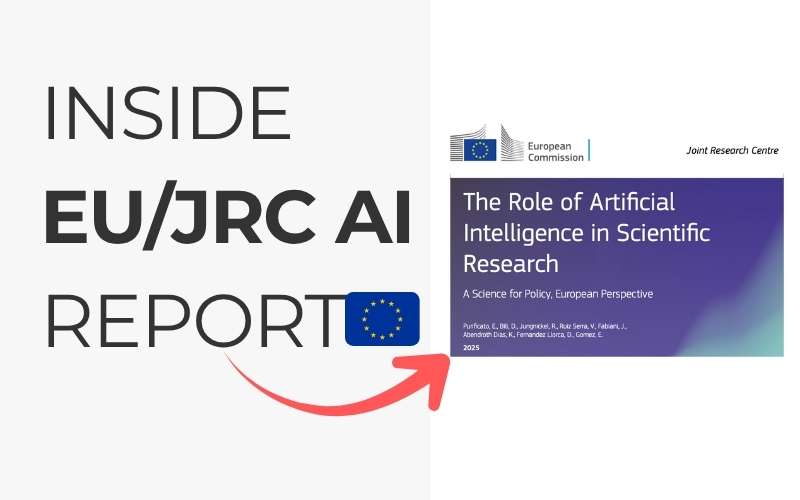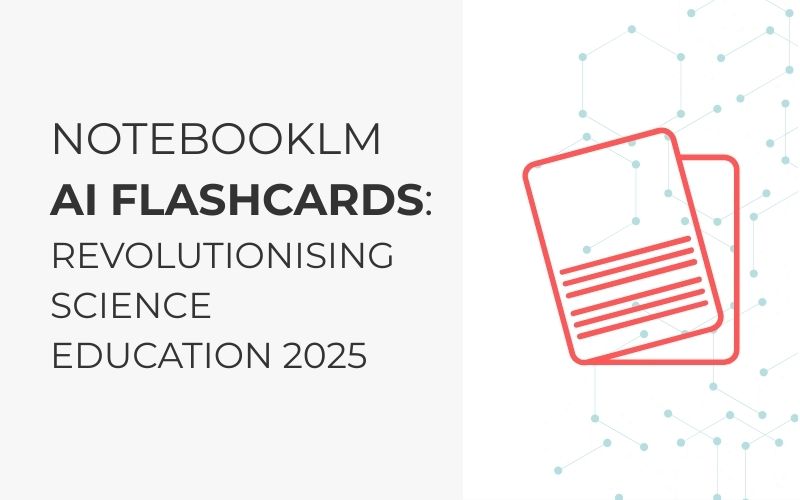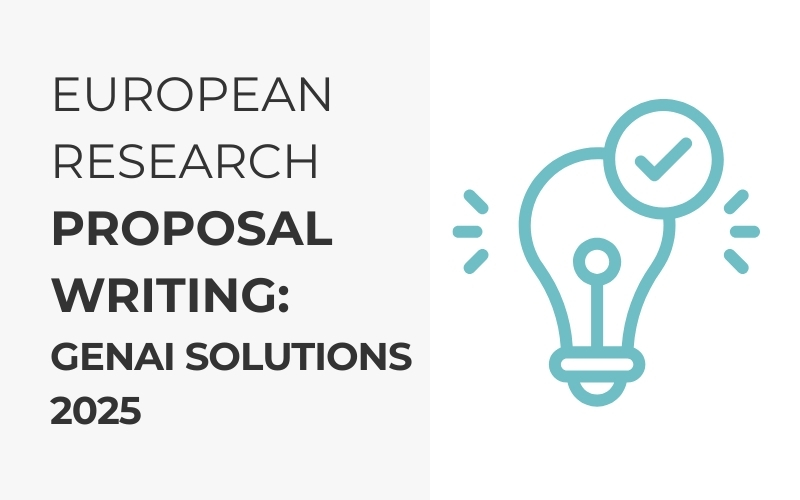QuanTour, an ambitious international quantum science outreach initiative, has been awarded the 2025 Institute of Physics Lise Meitner Medal and Prize for its innovative public engagement across the UK and Europe. The award, announced on 13 October 2025, recognises the project’s groundbreaking approach to making quantum physics accessible through a travelling quantum light source and multimedia storytelling. This achievement marks a significant milestone not just for quantum science communication, but for the entire field of public engagement with complex scientific topics—and The Science Talk is proud to have played a pivotal role in this success as QuanTour’s official science communication partner.
The Lise Meitner Medal represents one of the Institute of Physics’ distinguished Silver Subject Medals, honouring exceptional contributions to physics across specific disciplines. Named after the pioneering Austrian-Swedish physicist who contributed to the discovery of nuclear fission, the award carries substantial prestige within the international physics community. QuanTour’s recognition arrives during the UN’s International Year of Quantum Science and Technology 2025, commemorating a century since the development of quantum mechanics and highlighting the field’s transformative potential for society.
A quantum light source travels across continents
At the heart of QuanTour lies an extraordinary technical achievement: a fully functional quantum dot single-photon emitter that travelled across 12 laboratories in 12 European countries over 12 months, demonstrating quantum physics in action at each destination. This wasn’t merely a symbolic tour—the device, which emits individual photons on demand, performed live measurements at leading research institutions from Cambridge to Copenhagen, Rome to Stockholm, showcasing the quantum nature of light to diverse audiences.
The quantum dot light source represents cutting-edge technology essential for the emerging quantum revolution. Single-photon sources form the foundation of secure quantum communication networks, scalable quantum computing architectures, and advanced quantum sensing applications. By transporting this sophisticated device across borders and operating it successfully in varied laboratory environments, QuanTour demonstrated both the robustness of quantum technologies and the collaborative nature of modern physics research. The project partnered with institutions including the University of Cambridge, Heriot-Watt University, Tyndall National Institute in Cork, Université Paris-Saclay, and many others, creating a truly pan-European scientific endeavour.
Making quantum science accessible through strategic storytelling
Whilst the technical feat of transporting quantum technology across Europe captured the physics community’s attention, QuanTour’s real innovation lay in translating complex quantum concepts into engaging, accessible content for the general public—particularly targeting young people aged 15 to 25. This is where strategic science communication transformed a research collaboration into a cultural phenomenon that reached over 1 million views across digital platforms.
The project organisers, Dr Doris Reiter from TU Dortmund University and Dr Tobias Heindel from TU Berlin, recognised early that scientific excellence alone wouldn’t achieve their ambitious public engagement goals. They partnered with Dr Pranoti Kshirsagar, founder of The Science Talk, who coached them on building sustainable communication strategies, identifying target audiences, and overcoming initial hesitation with digital platforms. This collaboration proved transformative.
“She taught us how to build sustainable communication strategies, how to identify a target audience, how to make our content visible, and how to overcome our initial hesitation with digital platforms,” the organisers noted, highlighting how expert guidance elevated their project from laboratory demonstration to international movement.
The communication strategy combined laboratory demonstrations with multimedia outreach across conventional and digital channels, delivering consistent, engaging content throughout the 12-month journey. Rather than simply explaining quantum physics, the approach focused on revealing the human stories behind the science—the challenges, triumphs, and daily realities of physicists working at the frontiers of knowledge.
The podcast that became a quantum lecture series
A cornerstone of QuanTour’s public engagement success was the “Under the Microscope” podcast series, produced in partnership with The Science Talk. This 12-episode series featured intimate conversations with all the “QuanTour Heroes”—the laboratory leaders who hosted the travelling quantum device at each stop on its European journey. Each approximately 30-minute episode explored not just the science, but the personal journeys, proudest projects, and aspirations of leading quantum physicists across the continent.
What began as outreach content evolved into something more substantial. “These episodes became much more than outreach content,” the organisers reflected. “They evolved into a kind of lecture series on quantum science, accessible to everyone.” The podcasts offered listeners unique insights into how quantum researchers think, work, and collaborate—demystifying both the science and the scientific process itself.
The podcast format proved particularly effective for the target demographic, meeting young audiences where they already consume content whilst maintaining scientific rigour. Each episode balanced accessibility with depth, explaining concepts like quantum dots, single-photon emission, and quantum key distribution without oversimplifying or condescending to listeners. The result was educational content that genuinely inspired curiosity rather than intimidating potential future physicists.
This approach exemplifies modern science communication at its best: leveraging contemporary media formats to create authentic connections between researchers and public audiences, transforming complex technical subjects into compelling human narratives that reveal why quantum science matters for everyone’s future.
Recognition from the UK and Ireland’s leading physics body
The Institute of Physics, the professional body and learned society for physics across the UK and Ireland, maintains rigorous standards for its awards programme. With over 20,000 members worldwide and a history dating to 1874, the IOP celebrates brilliant physics across research, education, and industry through its comprehensive awards structure. The Lise Meitner Medal sits within the Silver Subject Medals category, recognising distinguished contributions across specific physics disciplines—making QuanTour’s recognition for public engagement particularly noteworthy.
The official citation commends QuanTour “for innovative public engagement across the UK and Europe through the QuanTour project, featuring a travelling quantum light source and offering live insights into the work of physicists.” The award includes £1,000 in prize money, a sterling silver medal, and courtesy IOP membership through December 2026. The award ceremony, scheduled for 5 November 2025 at IOP headquarters in London, will honour the core organising team: Tobias Heindel, Doris Reiter, and Pranoti Kshirsagar, alongside UK and Ireland representatives from Cambridge, Heriot-Watt, and Tyndall National Institute.
Professor Mete Atatüre from the University of Cambridge, one of the UK representatives, expressed enthusiasm about amplifying QuanTour’s visibility: “We will do a press release as well on this and make sure UK knows Quantour more broadly!” This collaborative spirit reflects the project’s success in building genuine partnerships across institutions and borders.
Why this recognition matters for science communication
QuanTour’s IOP award signals an important evolution in how the scientific community values public engagement. By honouring an outreach initiative with the same prestige afforded to research breakthroughs, the Institute of Physics acknowledges that communicating science effectively is itself a vital scientific contribution—particularly as quantum technologies transition from laboratories to real-world applications that will transform communication security, computing power, and sensing capabilities.
The timing proves especially significant. As the world celebrates the International Year of Quantum Science and Technology in 2025, quantum computing companies attract massive investment, and governments worldwide launch quantum strategies, public understanding becomes crucial. Quantum technologies will reshape industries from finance to healthcare, cybersecurity to climate modelling. Yet quantum mechanics remains notoriously counterintuitive, with concepts like superposition and entanglement challenging everyday intuition. Projects like QuanTour, which make these concepts tangible and exciting rather than mystifying, perform essential work in preparing society for the quantum future.
The million-plus views QuanTour achieved across digital platforms far exceed the typical reach of academic physics papers, which average perhaps 30 citations over their lifetime. Whilst both contributions advance physics—one through new knowledge, the other through wider understanding—the recognition that both deserve celebration represents a maturing perspective on what constitutes valuable scientific work in the 21st century.
A collaborative model for research communication
Perhaps QuanTour’s most lasting impact will be the blueprint it provides for other research collaborations seeking to engage public audiences meaningfully. The project demonstrates that effective science communication requires genuine partnership between scientists and communication specialists, each bringing essential expertise to the endeavour.
The scientists provided deep subject knowledge, international networks, and technical capabilities. The communication partner contributed strategic thinking, media production skills, and expertise in reaching target audiences. Neither could have achieved this success alone—but together, they created something that transcended traditional boundaries between research and outreach.
Professor Pascale Senellart-Mardon from Université Paris-Saclay captured this sentiment in her congratulations: “Many thanks to Tobias, Doris and Pranoti for launching this nice adventure and turning it into this beautiful success.” The acknowledgment of all three core team members reflects the integrated nature of the collaboration.
For research groups facing increasing pressure to demonstrate public engagement and impact, QuanTour offers a proven model: combine scientific excellence with strategic communication expertise, invest in quality content production, embrace digital platforms authentically, and commit to sustained engagement rather than one-off events. The formula isn’t simple, but the results speak for themselves.
Looking ahead to QuanTour’s next chapter
As QuanTour’s core team prepares to accept the Lise Meitner Medal in London this November, the project’s influence continues expanding. University press offices across Europe are preparing their own announcements to “create some buzz around the award,” extending QuanTour’s reach still further. The quantum dot device that travelled across Europe has become a symbol not just of technological achievement, but of what becomes possible when scientists prioritise making their work accessible and meaningful to broader society.
The collaboration between research excellence and communication expertise that defined QuanTour’s success offers a template for the future of science engagement. In an era when scientific literacy matters more than ever—for informed democracy, economic competitiveness, and addressing global challenges—projects that bridge the gap between specialists and society perform work as valuable as the research itself.
QuanTour’s IOP award recognises this truth: that bringing science to life, inspiring the next generation, and building public excitement about discovery represents physics at its finest. And for The Science Talk, being part of this journey—helping transform a research collaboration into a movement that reached millions—exemplifies precisely why strategic science communication matters. When scientists with groundbreaking work partner with communication experts who understand how to amplify their message, the result isn’t just better outreach. It’s science that changes how people see the world.
Learn more:
- QuanTour Official Website
- Follow QuanTour on Instagram
- Under the Microscope Podcast
- IOP Lise Meitner Medal Information
- International Year of Quantum 2025
- QuanTour Published in Nature Family Journal
Word count: ~1,485 words



